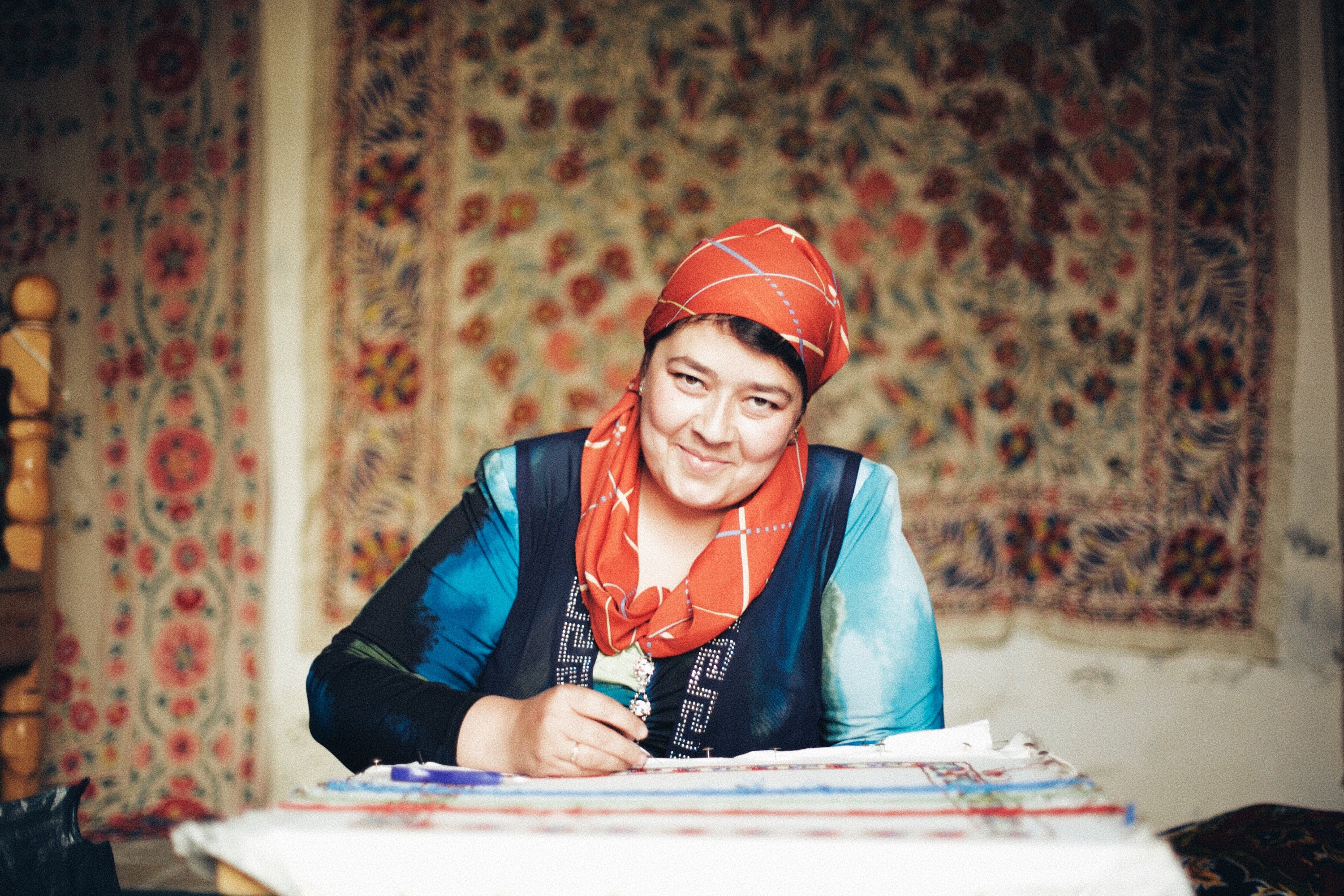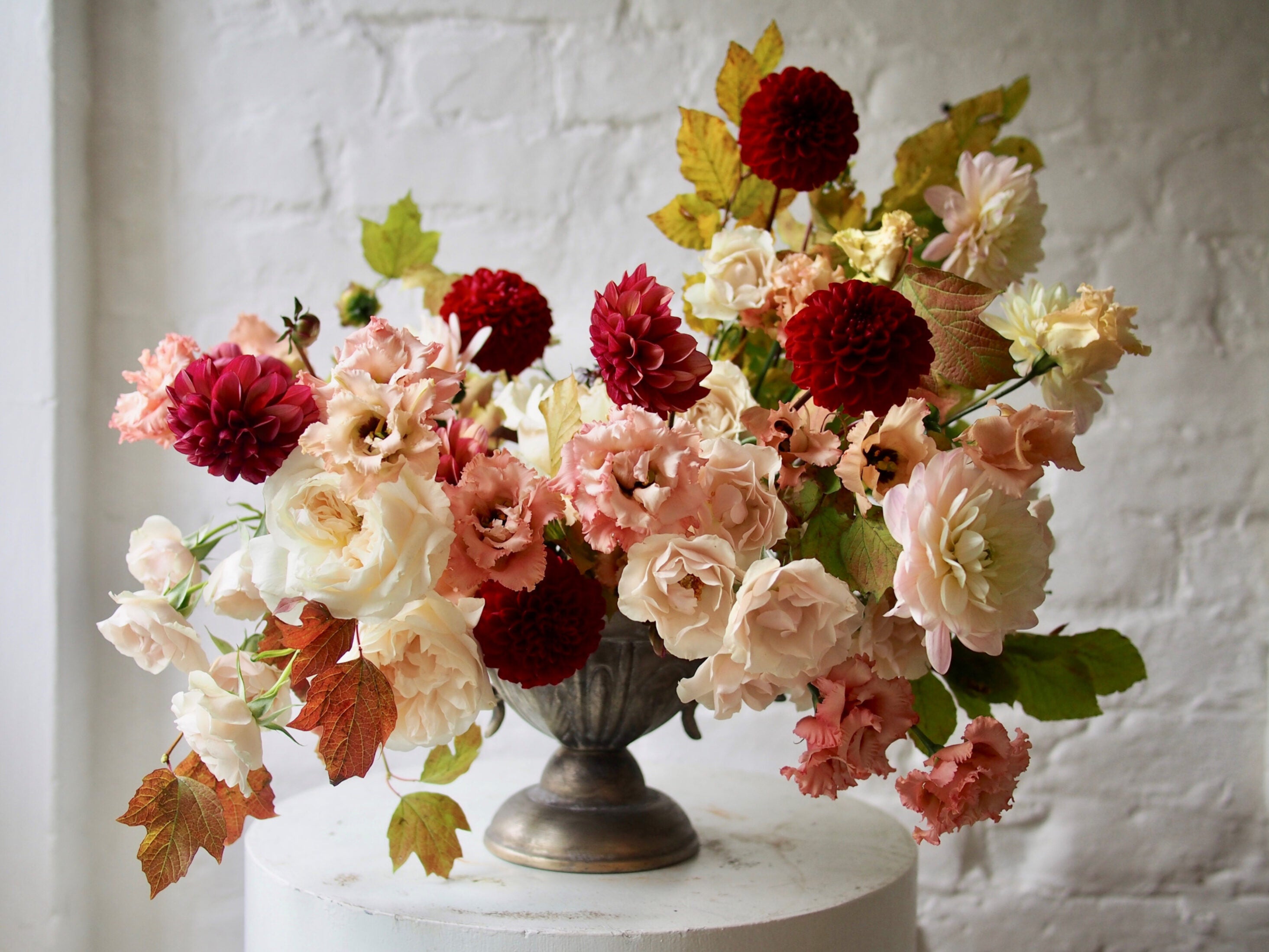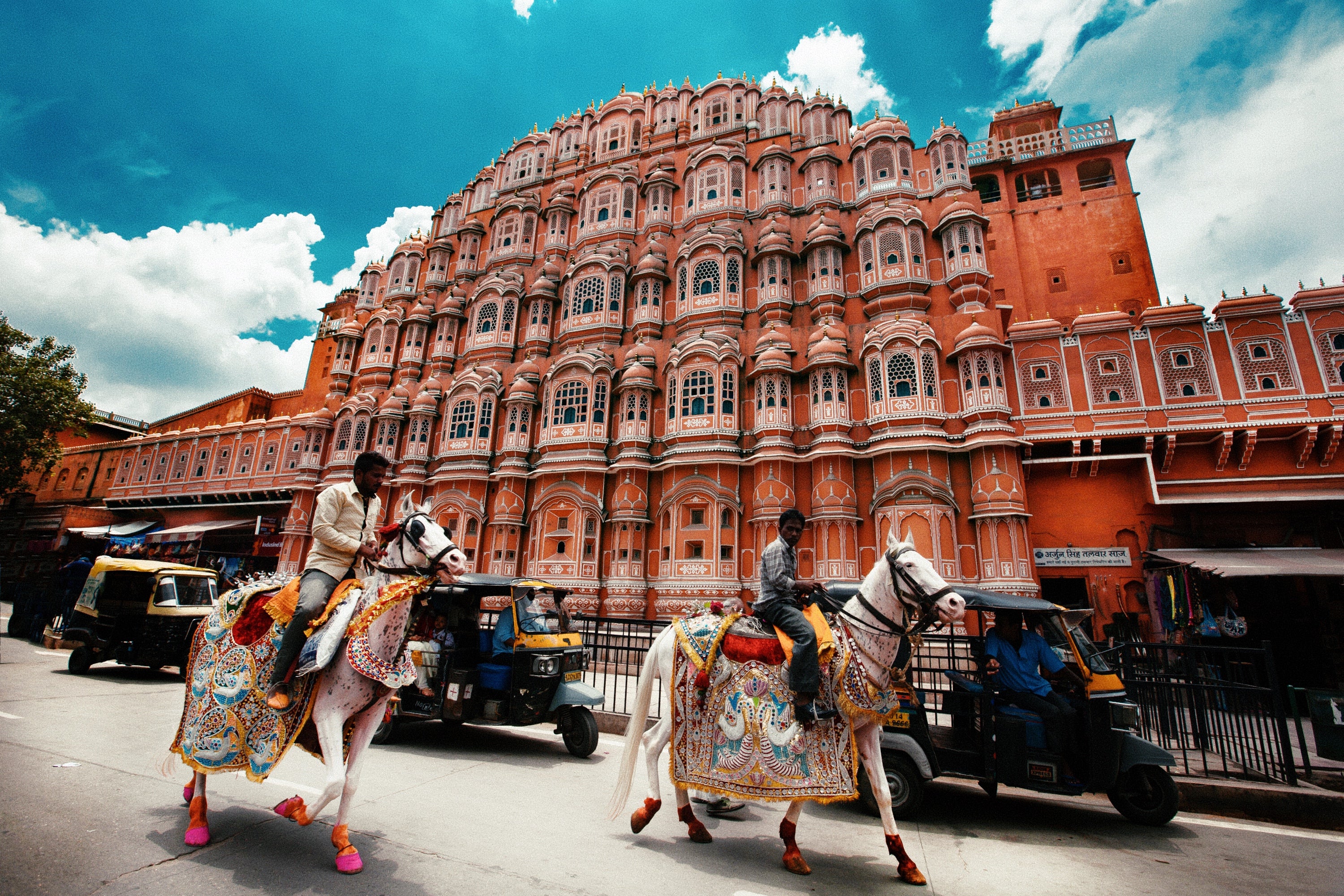
On the Ikat Trail in Uzbekistan
By Christina MacGillivray. First published in Conde Nast Traveller, June 2016.
Legend has it the first person to smuggle silk cocoons out of China for cultivation was a princess. Up until the third or fourth century AD, the Chinese empire had jealously guarded the luxurious fabric, forbidding any knowledge of sericulture from crossing its boundaries. But it was the emperor’s own daughter, who, bethrothed to a nomad ruler, hid the cocoons in her hair as she rode West to her beloved, the warmth of her body keeping the larvae alive during the long journey. With her, the knowledge and industry of silk production would eventually spread across Asia and Europe and, centuries later, help launch the overland trade of textiles across the Silk Road.
Bukhara
We are in Bukhara, the legendary city in Uzbekistan on the Silk Road on a quest to find ikat. The 47-metre, intricately carved Kalyan minaret towers overhead. When Gengis Khan swept across central Asia into Bukhara in the 13th Century, he was said to have looked on this minaret, and debating whether or not to destroy it, said, “I am great. But the men who made this are greater still”. In a rare moment of humility for the Khan, he left it for us to see today. The rest of the city he razed to the ground.

Here, everything is a brilliant turquoise or neutral sandstone—the sky a cerulean blue. The duality of this colour pallete—indigo blue and turquoise against sandstone is striking for its sophistication and minimalism. The days are white hot and it is not difficult to imagine the weary caravan serai travellers pulling up to Bukhara’s markets, exhausted, relieved to rest on their journey from Byzantium onto China on the Silk Road.
Bukhara is a city fixed in time.
We are at Shavhat Boltaev’s photography studio. Four of us lean in and peer at a computer screen. Boltaev has managed to acquire and archive a small library of 19th- and 20th-century historical photographs from Bukhara, Samarkand, Khiva and Tashkent. The room has a cavernous quality, the computer outdated. Scrolling through the images, we see the dusty streets, the bazaars spilling over with textiles. And we see what we are looking for—portraits of men with white beards and large print ikat coats. Nomadic women with white veils in what seem to be a riot of vegetable coloured dyes—indigo, pomegranate skin, sandalwood and yellow delphinium.
Bukhara was the thriving commercial hub of the 19th century Central Asian Khanates. It was a cosmopolitan mix of Uzbeks, Tajiks, Kazakhs, Turks, Arabs, Kyrgyz and Jews. Bukhara’s Emirs patronised traditional arts and thus the city became the centre of silk production in the region. Central Asian ikat reached its zenith in the 19th Century at this very point on the map. While overland trade had generally ceased by this point, caravan serais still braved the vast deserts and cutthroat radiers to carry ikat silk from Bukhara to Russia, India, Iran and rest of the world. “There was no set route, no safest road: there were many possible ones, all dangerous,” write Kate Fitz Gibbon and Andrew Hale, authors of Ikat: Silks of Central Asia.
The wealth that flowed into Bukhara allowed for a flowering of Islamic arts. Yet, according to Gibbon and Hale, “The court it supported, the luxury goods that the artisans made, all looked back to an idealised age of Islam. There was no desire to seek out new industry, to mechanise, to modernise or explore new ideas. The world was kept at bay.”
As we skip to the more recent 20th Century photographs, we see many where one person has been torn out of the portrait. A black void in their place, while the rest of the family members remain intact. A family sitting perfectly posed, with one diagonal burn mark where the son should have been sitting. Shavhat Boltaev tells us that when the Soviets took over all of central Asia, they sent anyone deemed to be an enemy of the state to be killed or put in working camps. Their family members were forced to rip or burn away any last image of their loved ones lest the image be discovered and they, by association, be condemed to the same fate.
Khiva
If Bukhara is a city fixed in time, Khiva is a city self-consciously restored for the present day. Aggressive restorations in the second half of the 20th Century have caused critics to say it has lost some of its living, breathing character, giving it a Disneyland effect.
Itchan-Kala, the inner town of Khiva, has 26 hectares of some of the most uniform examples of central Asian Islamic architecture, which has earned it UNESCO World Heritage status. A visit to the Djuma mosque has me convinced that we have landed in a Game of Thrones episode. The mosque has more than 200 wooden pillars, each carved by master craftsmen from around the region. No two pillars are identical. Some date as far back as the 10th Century, with ancient Arabic inscribed onto the wood in Kufi script. Three sky wells serve as the only source of light—and one can imagine the hundreds of people that once came whispering their prayers in unison towards Mecca.
Samarkand
Samarkand has been at the crossroads of cultures for more than two and a half millennia. With three massive madrassas, Registan, its central square, is the most impressive in all of Central Asia. Here we see the apex of mosaic tile work. One madrassa even flouts the Islamic principle forbidding non-figurative art. Two massive tigers guard the portal to Sher Dor Madrasa. But the tiger’s faces are rendered in a slight geometric abstraction in the artist’s attempt to slide just past the Qu’ranic rule forbidding realistic depictions of animals or humans. The tilework contains blues, greens and gold leaf, geometric Qu’ranic verses and pays true homage to the men who once studied math and philosophy here. The ikat patterns that rose from this region seem to have the same genetic origins. It is as if an impressionist painter took to the Registan with a broad brush, smearing the colours to create a more functional and less ornate canvas on silk for the nomadic steppes of Central Asia.
The drive to Fergana
The drive to Fergana is longer than expected. We spend hours in the car because we start and stop to take in the views along the way. We ascend the green Kamchik mountain pass, where the air is cool and the mountain flowers glorious.
We have extended our trip specifically to visit the Margilan area of the Fergana Valley. Margilan is home to the remaining traditional ikat craftsmen in Uzbekistan. During the Soviet era, Uzbekistan’s fertile lands were torn from wheat, cherry, tomato and fruit production into forced cotton cultivation to supply the vast Bolshevik empire running from North Korea to Moscow.
Like many areas of the world this colonial industrialisation of agriculture flattened the traditional textile culture. Yet we had heard ikat production had bounced back in the Fergana Valley because of the valley's relative isolation and fertile soil. And so we go.
At the home of silk ikat
Uzbek silk ikats have large, brilliantly coloured motifs with a depth and dimension that originates from the natural vegetable dyes and hand tied yarns that bleed during the multiple tie and dye process.

In Margilan, we see silk cultivation at the Yodgorlik Silk Factory. Uzbekistan cultivates ‘violent’ silk—when the mulberry silkworm makes its cocoon, it is boiled in hot water. The larvae, now dead, are cast aside and the full cocoon is unravelled and spun, reborn into a perfect, unbroken silk thread. In 19th Century Fergana, silkworm eggs were sewn into small cotton pouches, which women would tie under their garments. The warmth of their bodies would incubate the eggs as they went about their daily work. When the larvae hatched, they were put into baskets of mulberry leaves, just as we see today.
The Fergana Valley expands across Uzbekitan, Tajikistan, Kyrgyzstan and Northern China. Poplar trees line the road, reminding me of a drive through Kashmir–the same small homes, agricultural land and chimneys puffing smoke.
The next day, we visit Kumtepa Bazaar, the main market. Bustling alleys of hawkers sell contemporary synthetic ikat and ladies gossip and shout. The scene is exotic and yet familiar for a traveller coming from India. Yet the people look truly Central Asian — the women with clear blue eyes, some with fair skin and scarves wrapped around their heads concealing ink black hair. I’m reminded we are at a nexus point on a larger map of humanity—between the East and West. I see whispers of Mongolian features, South Asian, Iranian and European in a single face. The women are dressed in a mix of Ikat, Russian floral prints and Chinese import garments. The garment and the trade continue to evolve as time marches forward, the market bustling in the background all the same.


